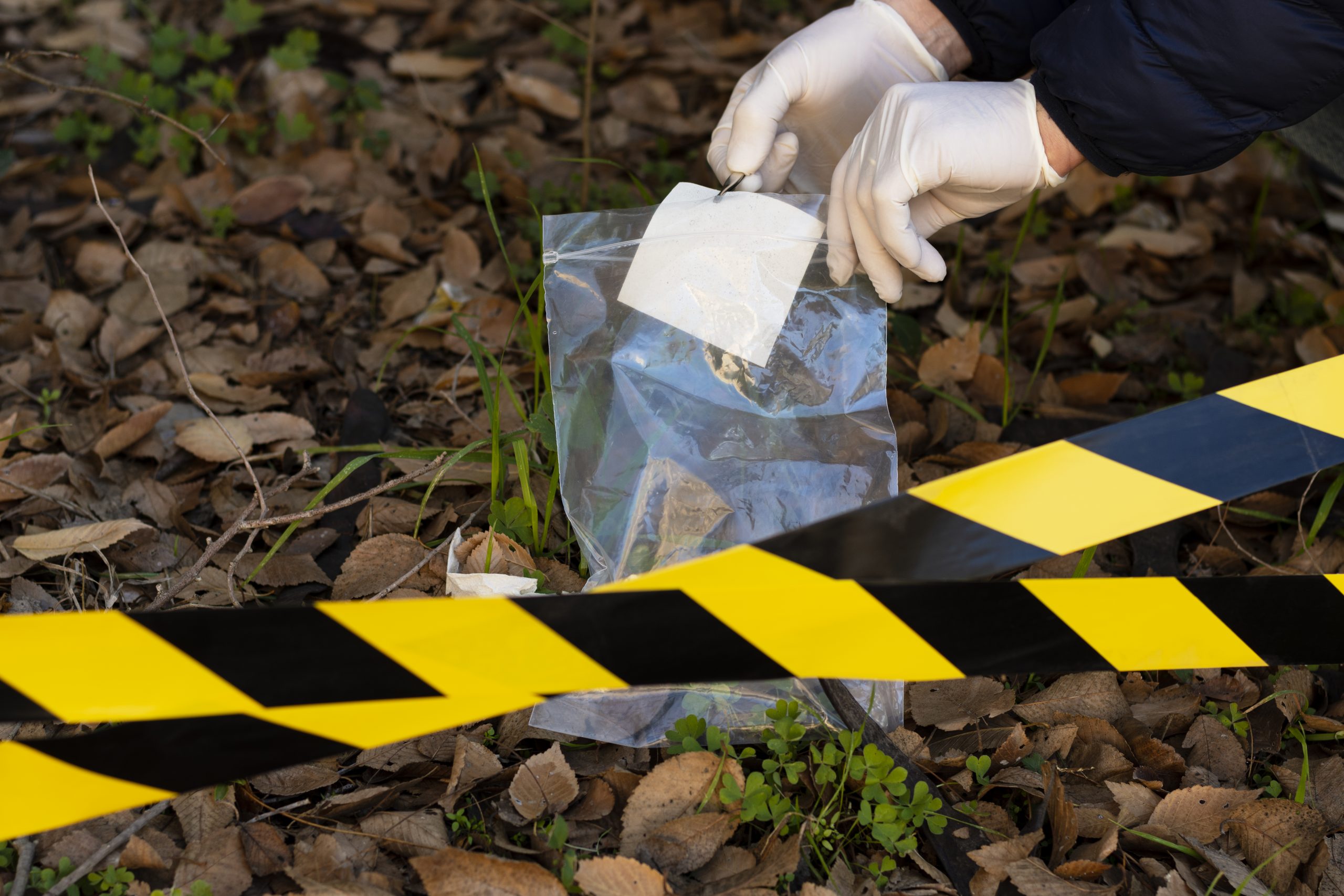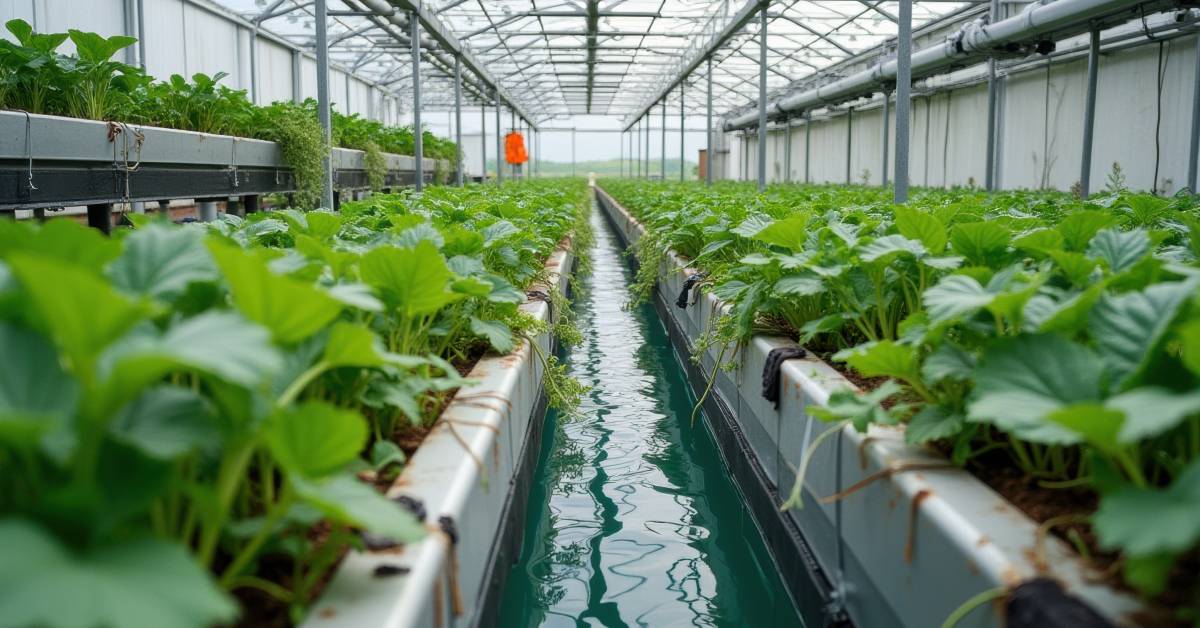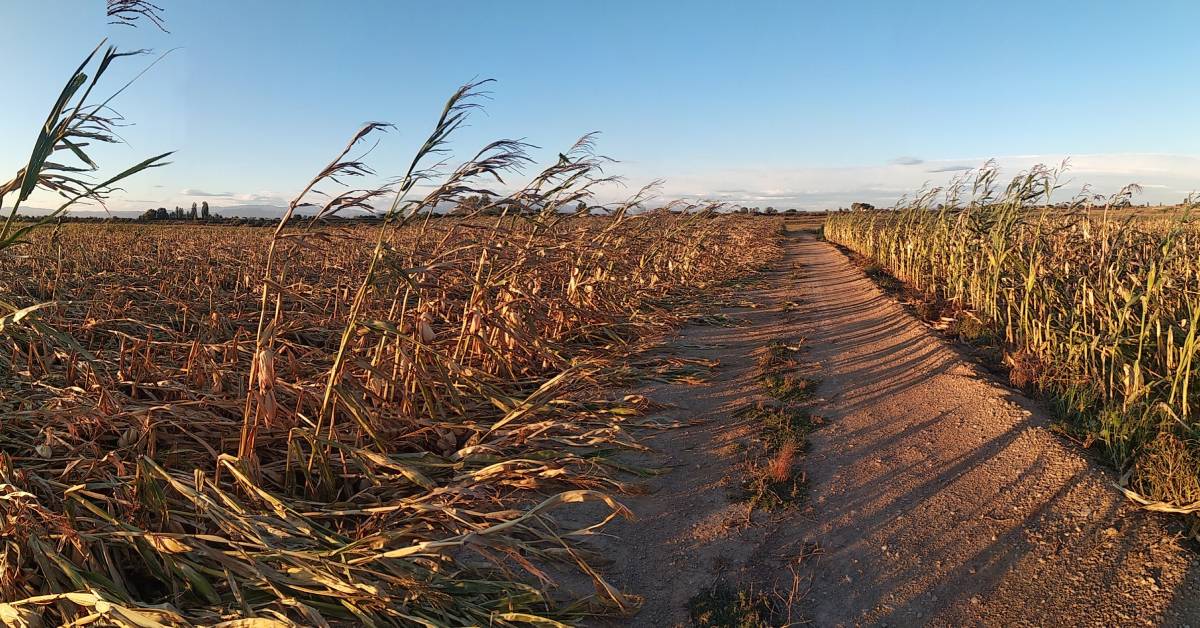Food safety is an essential factor in maintaining public health and preventing foodborne infections. However, the food industry is at risk of cross-contamination.
Cross-contamination is the transmission of potentially dangerous germs or allergies from one surface or food product to another in the food supply chain. It occurs in food production and processing, storage, cooking, and consumption.
This article will give a brief overview of cross-contamination in the food industry, including its causes, prevention, and solutions.
What is Cross-Contamination?
Before diving into causes, consequences, and prevention from cross-contamination, let’s understand cross-contamination in detail.
The transfer of harmful bacteria, viruses, parasites, allergies, or other contaminants from one source to another is referred to as cross-contamination, a crucial issue in food safety. Maintaining food safety and preventing foodborne illnesses require an understanding of the causes and hazards of contamination.
Dangerous compounds may transfer when a contaminated surface or utensil comes into touch with a ready-to-eat food item, potentially resulting in contamination. This can also happen if you don’t properly clean your cutting board, knife, or plate after using it for raw and cooked items. Cross-contamination can also be caused if hands are not properly washed after handling raw meat or using disposable gloves that haven’t been replaced or sanitized. Using cross-contamination prevention techniques can help overcome the issue.
Maintaining food safety depends on identifying and reducing cross-contamination hazards at every stage of handling food. Cross-contamination could result in foodborne illnesses, which have fatal consequences. On the other hand, contamination risks in agriculture are higher because of the sheer amount of products processed and the complexity of the supply chain.
Common Causes of Cross-contamination
To prevent cross-contamination and preserve the maintenance of the food supply, it is essential to understand the reasons that can help in developing best practices for food safety.
- Improper handling and storage of food
Cross-contamination may result from poor storage procedures. Pathogens readily develop in food that is not stored at the right temperature. Moreover, raw food that is improperly stored or has leaks can cause cross-contamination. Hygienic food handling can help overcome cross-contamination.
- Inadequate cleaning and sanitization practices
Cross-contamination can occur as a result of inadequate cleaning and sanitization of surfaces, cutting boards, utensils, and equipment. These things can spread infections to other meals during preparation if they are not thoroughly cleansed after coming into touch with raw foods.
In addition to utensils and equipment, anyone who comes into contact with food should follow proper hygiene procedures. Proper sanitation techniques are essential to reduce the possibility of cross-contamination and maintain a clean environment.
- Lack of employee training and awareness
Cross-contamination in food-handling locations is frequently caused by a lack of employee training and awareness. Employees who are not properly taught or informed about safe food handling procedures may unintentionally help spread dangerous substances from one source to another. Best practices for food safety include employee training. The safety of food may suffer as a result of this ignorance and unawareness. If proper Food hygiene practices are not given to workers, they can unintentionally be a source of cross-contamination.
- Equipment and utensil contamination
In locations where food is handled, cross-contamination is frequently caused by contaminated tools and equipment. Equipment and utensils can become a source of contamination and help harmful substances spread from one surface or food item to another if they are not adequately cleaned, sanitized, or used.
Potential Health Risks
Significant health risks from cross-contamination include the possibility of contracting food-borne infections and developing allergic reactions. The following are some potential health risks linked to cross-contamination:
- Foodborne Illnesses:
Foodborne infections can result from the introduction of germs into food due to cross-contamination. Bacteria such as Salmonella, E. coli, Campylobacter, and Listeria can multiply and make people sick if they are swallowed after being introduced to ready-to-eat meals like salads, fruits, or sandwiches through contaminated surfaces, utensils, or hands. Foodborne infections can cause symptoms such as nausea, vomiting, diarrhea, abdominal discomfort, fever, and, in severe cases, organ failure, dehydration, or even death. Using clean utensils, hands, and surfaces can help with cross-contamination prevention. Moreover, following cross-contamination prevention methods can overcome Foodborne infections.
- Allergic Reactions:
People with food allergies may also be in danger from cross-contamination. Allergic reactions can range from mild symptoms, such as hives or itching, to severe reactions like anaphylaxis, which can be life-threatening for some people. Cross-contamination must be carefully avoided by people who have food allergies to prevent allergic responses.
Moreover, some specific populations are more vulnerable to health hazards associated with cross-contamination. These include people who are young, old, pregnant or have weakened immune systems. If exposed to tainted food, these groups can face more severe symptoms or problems. Negligence of workers or cross-contamination in food handling can cause serious health issues.
Children, especially infants, have a weak immune system, which makes it more difficult for them to fight infections. The elderly are more susceptible to infections due to age-related health concerns and weakened immune systems. The underlying medical issues make fighting off infections harder for them. Food safety measures should be taken with these groups of individuals.
Preventing Cross Contamination
Minimizing the likelihood of contracting a foodborne illness and maintaining food safety depend on preventing cross-contamination. The chances of harmful substances can be significantly reduced by enforcing food safety compliance guidelines for individuals and food establishments. Some key measures to Prevent Cross-contamination are mentioned below:
- Proper handwashing techniques:
Regularly and thoroughly washing your hands can stop the spreading of infections, and this is the most important step to overcome cross-contamination. After touching raw meats, or after indulging in any activity that may contaminate hands, or before and after handling food, wash hands with soap and warm water for at least 20 seconds.
- Separate storage and preparation areas for different food types:
To avoid cross-contamination, keep raw meat, poultry, seafood, and eggs apart from meals that are ready to eat. For raw and cooked foods, use different chopping boards, tools, and containers.
- Effective cleaning and sanitization protocols:
To get rid of any potential contaminants, thoroughly clean and sanitize surfaces, cutting boards, utensils, and equipment regularly. Pay close attention to locations that receive a lot of touch, such as handles, knobs, and switches. Avoid touching the utensils with bare hands, and use gloves to prevent Cross contamination in food handling.
- Training employees on cross-contamination prevention:
Employees should get thorough instructions on food safety measures, including preventing cross-contamination. Through training sessions and continuing supervision, consistently reinforce food safety measure procedures. Keep current with the most recent rules and guidelines for food safety. Adding proper food hygiene practices to training can help workers in the future.
- Using appropriate food storage containers and utensils.
To keep the juices from raw meat, poultry, and shellfish from contaminating other items, store them in leak-proof containers or plastic bags. To prevent drippings from contaminating other foods, keep them on the refrigerator’s bottom shelf or in separate compartments. Maintain storage at the specified temperature to prevent bacterial growth. Keeping in mind all these food safety measures and using appropriate utensils, cross-contamination can be avoided.
- Implementing HACCP principles:
Cross-contamination can be managed and prevented in places where food is handled by putting Hazard Analysis and Critical Control Points (HACCP) principles into practice. Keep detailed records of all HACCP plan operations, including hazard analysis, important control points, monitoring findings, remedial measures, and verification procedures. It provides a proactive and preventive strategy, ensuring the production of safe and high-quality food products while defending the health and well-being of customers.
Solutions: Introducing EcoDocs
Luckily, AgTech came up with an innovative solution called EcoDocs, a food safety management software, to deal with the serious problem of food contamination.
EcoDocs seeks to guarantee the safety and quality of food items across the supply chain, from manufacturing to consumption, by utilizing cutting-edge technologies and environmentally friendly practices.
Strict food safety procedures are essential in the fast-paced and complicated world of food handling and production to protect public health and adhere to regulatory standards. EcoDocs can help you revolutionize your food safety management through streamlined procedures, reduced cross-contamination concerns, and improved traceability.
EcoDocs offers a significant leap in the prevention of food contamination with its integration of technology, transparency, and sustainability to protect the food supply chain. By implementing this entire approach, we can improve food safety, safeguard consumer health, and create a more sustainable and secure future for our food systems.
EcoDocs provides features such as smart monitoring, traceability, data analytics, mobile applications, alert systems, sustainable practices, and regulatory compliance to help prevent food contamination.
These essential components can be a complete approach to preventing food contamination. This system helps secure the food supply chain, protect consumer health, and promote a more secure and sustainable food system.
Advantages and several features that are provided by EcoDocs to help revolutionize food safety compliance are:
- Digital documentation and record-keeping:
By offering a digital platform for documentation and record-keeping, EcoDocs eliminates the need for laborious paper-based methods. This tool enables you to centrally and securely store and access all of your food safety data, such as HACCP plans, monitoring logs, corrective action reports, and supplier documentation.
- Customizable checklists and protocols:
You can design and personalize checklists for your food-handling operations with EcoDocs. Checklists can be modified to fit your particular procedures, specifications, and legal needs. This function makes sure that every important step and job is recorded and carried out consistently, lowering the danger of cross-contamination
- Real-time monitoring and alerts.
Real-time monitoring of critical control points (CCPs) with EcoDocs enables you to quickly identify deviations or potential cross-contamination hazards. When necessary limitations are not met, the software will automatically generate alerts and notifications, allowing you to input monitoring data directly into the system.
- Compliance tracking and reporting:
By offering standardized templates and workflows for developing and maintaining your food safety paperwork, EcoDocs simplifies the compliance process. The software walks you through the procedures required to create HACCP plans, establish monitoring protocols, define critical limits, and record corrective actions. This method reduces time, energy, and errors and ensures consistency in compliance across your organization.
EcoDocs is a valuable tool that promotes the greatest levels of food safety and safeguards the consumers’ health and well-being. You can manage your food safety documentation efficiently, lower the danger of cross-contamination, and show a strong commitment to maintaining the strictest levels of food safety compliance by implementing this software solution.
Conclusion:
In conclusion, sustaining the public’s health and well-being depends on ensuring food safety and avoiding cross-contamination. Cross-contamination poses serious health hazards, including foodborne infections and allergic reactions, especially for vulnerable populations like the young, elderly, pregnant women, and people with compromised immune systems.
In this context, EcoDocs, a new digital solution for managing food safety, offers several features and benefits that revolutionize food safety compliance. It offers real-time monitoring and alarms, customizable checklists and processes, digital documentation and record keeping, compliance tracking, and reporting.
FAQs:
– What are the high-risk foods for cross-contamination?
Some foods are more unsafe to be contaminated than others on account of their handling needs and characteristics. Some high-risk food examples are ready-to-eat foods, raw materials, dairy products, and foods containing allergens.
– How does cross-contamination impact food allergies?
Allergies in a person who already has them will worsen if there is cross contamination present.
– Can cross-contamination occur during cooking?
Cross-contamination can happen if the right safety measures are not implemented even while cooking. Despite cooking’s ability to eliminate many germs and dangerous bacteria, it can still occur.
– Is cross-contamination a significant concern in large-scale farming operations?
Cross-contamination in large-scale farming operations is in great danger. On the basis of the complexity of the supply chain and the sheer amount of goods processed, the contamination risk in agriculture is higher.







